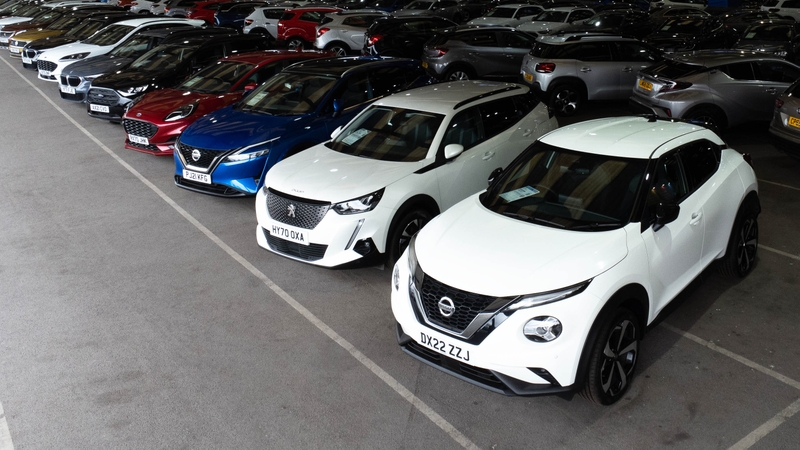
Renault Captur engines, driving and performance
Gallery
How does the Renault Captur drive?
The Renault Captur drives just fine, with steady handling and composed cornering at normal speeds. It’s not set up to be sporty but even so, our 100hp test car felt like it could do with a little finessing to give a more enjoyable driving experience.
The five-speed gearbox is a little jerky, so you have to be quite precise to get it into gear smoothly. Similarly, stepping off the clutch can result in some head-bobbing. The gears are quite long, and that means there’s a small window between not having enough power and the engine sounding strained at high revs. The six-speed gearbox in the TCe 130 petrol is better in this regard.
Is the Renault Captur comfortable?
Yes, the Captur does well for comfort. It flows nicely over uneven road surfaces and stops most big jolts from entering the cabin. More consistent smaller imperfections can make the ride feel slightly bitty, but it’s certainly no worse than many rivals. On the whole, you should be impressed by the Captur’s ride comfort.
Through corners, the Captur stays level, demonstrating its excellent body control. It means the Captur never feels too wayward unless you’re steaming into a corner too fast.
At high speeds there’s a little bit of wind noise, but almost no tyre or engine noise.
What’s the best engine to get?
There are two main petrol engines in the Captur lineup: a 1.0-litre TCe turbo petrol with either 90hp or 100hp, and a 1.3-litre turbo petrol with 130hp or 140hp (Renault has tweaked the engines during the Captur’s lifespan). The 1.0 TCe feels fine for urban adventures but doesn’t quite feel powerful enough on faster roads, where you might occasionally struggle to keep up with quick-moving traffic.
The benefit of this engine is group 8 insurance, which is lower than the other engines and the majority of the Renault’s rivals. However, if cheap insurance isn’t so much of a priority, we’d recommend stepping up to the 1.3 TCe, because it’s noticeably quicker and returns the same 48mpg as the smaller engine.
Renault offers both plug-in and 'self-charging' hybrid options on the Captur. Confusingly, both are called E-Tech, and both use the same engine. The E-Tech Hybrid 145 has a 1.2kWh battery, which is small enough to be topped up by the engine, and it can manage up to 56.5mpg. Around town, it could be even more efficient than that.
The E-Tech Plug-in Hybrid 160 has a 9.8kWh battery and a more powerful motor. Like any PHEV, you should take its official 217mpg figure with a ladle of salt unless you leave the petrol engine alone and primarily use the battery.
Renault Captur performance
No Captur is going to set the earth on fire, with every model taking at least 10 seconds to hit 62mph from a standstill. Most versions offer reasonable performance, but we’d recommend avoiding the 1.0-litre TCe engine if you’re going to be driving on fast roads regularly. With a 0-62mph time of between 13 and 14 seconds, performance for this engine is best described as sedate.















































